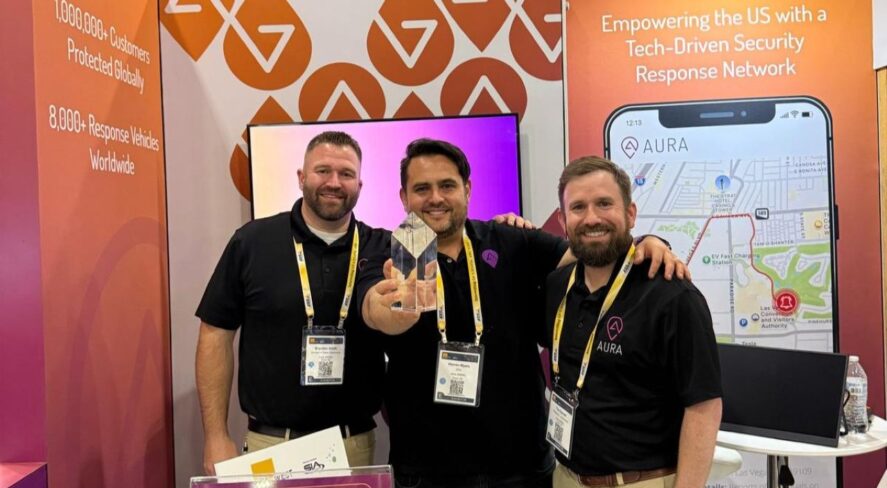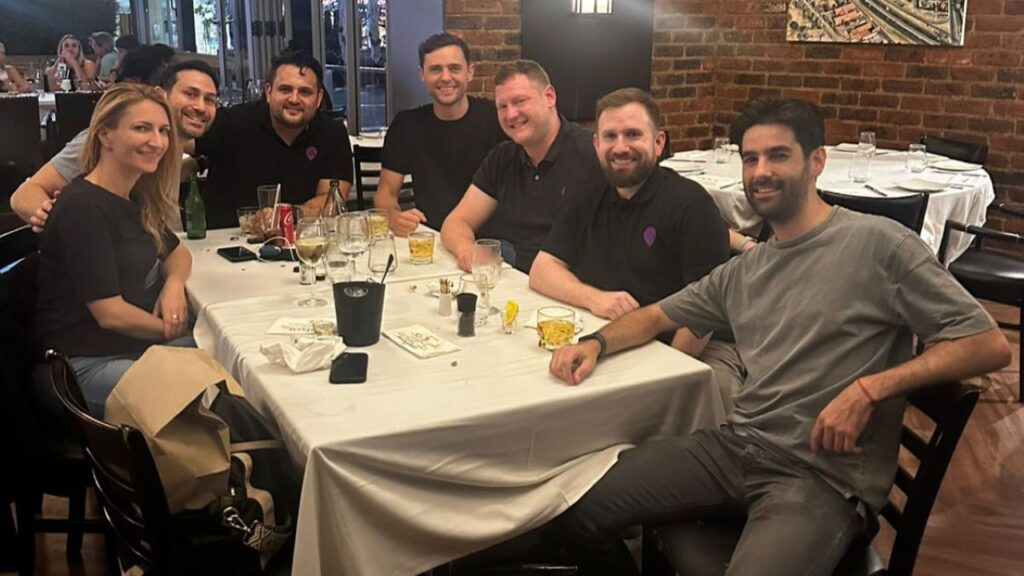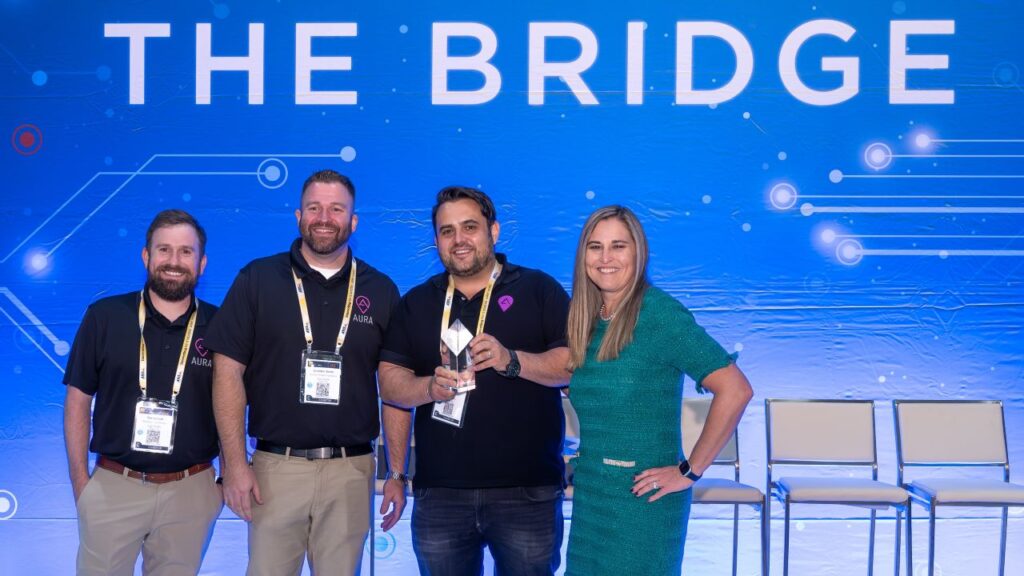SIA New Member Profile: AURA

New Security Industry Association (SIA) member AURA offers a technology platform that makes emergency response services more accessible and affordable. The company is headquartered in Johannesburg, South Africa, with its U.S. operations based in the Dallas-Fort Worth, Texas, area; national footprints in South Africa and the United Kingdom and additional operations in other parts of Africa.
SIA spoke with Tim Garrett, U.S. division president at AURA, about the company, the security industry and working with SIA.
Tell us the story of your company.
Tim Garrett: AURA got its start in 2017 in South Africa with a pretty big goal: to make emergency response faster, more reliable and more accessible. At the time, private security and medical services were out there, but disconnected and hard to access when it really mattered. We built a “shared-value” platform and service which 1) democratized access to safety and 2) created additional revenue for security companies.
From there, we expanded into the U.K. in 2021, where we now have nationwide coverage, delivering market leading response times. And in 2025, we officially launched in the U.S., starting in Texas, to bring our tech and model to a new market that’s facing many of the same challenges.

What solutions/services does your business offer in the security industry? And what makes your offerings or your company unique?
TG: At our core, AURA is a tech platform that connects businesses with licensed security responders – instantly, and on demand. We work with alarm monitoring centers, property managers and other businesses that need rapid mobile response.
We give security companies the tools to manage their operations through our portal and app, and we help businesses dispatch security to the right place, fast. What really sets us apart is our mission to support – not replace – public safety. By handling lower-priority calls like alarm checks or nuisance complaints, we help ease the burden on police so they can focus on true emergencies.
What is something we might not know about your company – or something new you are doing in security?
TG: One thing many people don’t realize is that we offer our dispatch technology – including a web portal, control center and responder applications – free of charge to any security company that joins the AURA network. This gives them access to modern, centralized tools they can use not just for AURA jobs, but also to manage their own internal or client dispatches.
It’s a win-win: we get better-connected partners, and they get scalable tools without the typical cost or complexity. We see this as a real opportunity to support smaller or growing firms by giving them access to tech that might otherwise be out of reach – and helping them grow alongside us.

What is your company’s vision, and what are your goals for the security industry?
TG: Our big-picture vision is to help create a safer world. We believe everyone deserves fast, reliable help – no matter where they live or what they earn – and we’re using technology to make that possible.
Over the next year, we’re focused on building out our U.S. responder network, growing across Texas and onboarding key partners – from alarm monitoring centers to property tech platforms. We’re also working closely with our product and engineering teams to refine our tools and deepen integrations that improve transparency and response performance across the board.
What do you think are the biggest opportunities in the security industry right now?
TG: Technology is the biggest opportunity – hands down. There’s so much room to modernize how physical response works, especially in ways that ease pressure on police and make private response more accessible.
We think the future lies in flexible, scalable models that blend technology with human response – and give customers the control and visibility they expect from modern service providers.
What are your predictions for the security industry in the short and long term?
TG: In the short term, we think demand for private response will keep growing – especially as more communities face stretched police resources. Businesses and customers are already looking for faster, more reliable alternatives, and that’s not slowing down.
Long term, we see more integration across the board – connecting IoT devices, apps, responders and monitoring centers into smarter, more proactive systems. The companies that win will be the ones that build flexible platforms and strong partnerships, not just more hardware.

What are the biggest challenges facing your company and/or others in the security industry?
TG: The U.S. market is incredibly fragmented. Every state has different licensing rules, processes and regulations, which makes it tough for companies to scale or adopt new tech quickly.
There’s also a real need for modernization – especially around how responses are tracked, measured and managed. Many providers are still using legacy systems that make it harder to adapt and grow.
What does SIA offer that is most important to you/your company? And what do you most hope to get out of your membership with SIA?
TG: We joined SIA because we see it as one of the most respected voices in the security industry. As we expand in the U.S., we’re excited to be part of a community that values innovation and is shaping where the industry is headed.
We’re also really looking forward to the insights SIA provides around major events and industry shifts – they help us stay ahead of the curve and better understand what customers and partners are looking for. Through our membership, we hope to build great relationships, contribute to the conversation and find smart ways to collaborate with others in the space.
The views and opinions expressed in guest posts and/or profiles are those of the authors or sources and do not necessarily reflect the official policy or position of the Security Industry Association.
